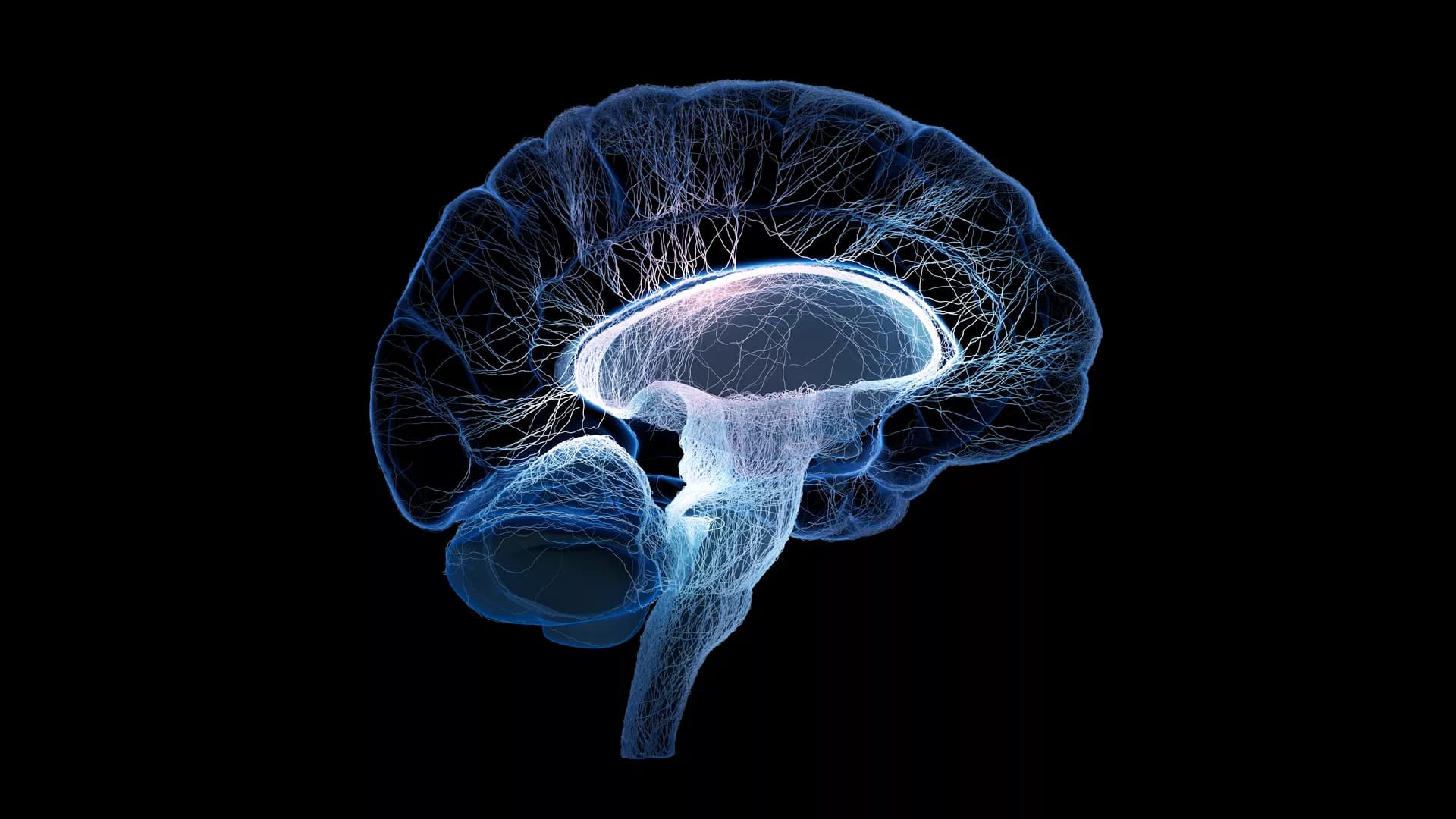In Europe, 40% of health-care employees are involved in shift work. The altered sleep/wake rhythm of night-shift nurses is also associated with deteriorated cognitive efficiency. In this study, we examine the effects of the night shift on psychomotor performance, sleepiness, and tiredness in a large sample of shift-working nurses and evaluated if poor sleep quality, sex, age, or years on the job could impact on a better adaptation to shift work. Eighty-six nurses with 8-h-rapidly-rotating-shifts were evaluated at the end of three shifts (morning/afternoon/night) for sleepiness and tiredness. Sleepiness, as measured by the Karolinska Sleepiness Scale, and tiredness, as measured by the Tiredness Symptoms Scale, were more pronounced after the night shift. These increases were paralleled by lower attentional performance on the psychomotor vigilance task (PVT) after the night shift. While sex, age, and years on the job did not affect PVT performance after the night shift, lower sleep quality (Pittsburgh Sleep Quality, PSQI > 5) was associated with decreased performance. The high prevalence of altered sleep quality showed that nurses, and shift workers in general, are at risk for a poor sleep quality. The evaluation of sleep quality through PSQI could represent a rapid, inexpensive tool to assess health-care workers assigned to rotating night shifts or to evaluate nurses who coped poorly with night-shift work.
Objective: The relationship between sleep (caregiver-reported and actigraphy-measured) and other caregiver-reported behaviors in children and adults with autism spectrum disorder (ASD) was examined, including the use of machine learning to identify sleep variables important in predicting anxiety in ASD.
Methods: Caregivers of ASD (n = 144) and typically developing (TD) (n = 41) participants reported on sleep and other behaviors. ASD participants wore an actigraphy device at nighttime during an 8 or 10-week non-interventional study. Mean and variability of actigraphy measures for ASD participants in the week preceding midpoint and endpoint were calculated and compared with caregiver-reported and clinician-reported symptoms using a mixed effects model. An elastic-net model was developed to examine which sleep measures may drive prediction of anxiety.
Results: Prevalence of caregiver-reported sleep difficulties in ASD was approximately 70% and correlated significantly (p < 0.05) with sleep efficiency measured by actigraphy. Mean and variability of actigraphy measures like sleep efficiency and number of awakenings were related significantly (p < 0.05) to ASD symptom severity, hyperactivity and anxiety. In the elastic net model, caregiver-reported sleep, and variability of sleep efficiency and awakenings were amongst the important predictors of anxiety.
Conclusion: Caregivers report problems with sleep in the majority of children and adults with ASD. Reported problems and actigraphy measures of sleep, particularly variability, are related to parent reported behaviors. Measuring variability in sleep may prove useful in understanding the relationship between sleep problems and behavior in individuals with ASD. These findings may have implications for both intervention and monitoring outcomes in ASD.
We studied the correlation between oscillatory brain activity and performance in healthy subjects performing the error awareness task (EAT) every 2 h, for 24 h. In the EAT, subjects were shown on a screen the names of colors and were asked to press a key if the name of the color and the color it was shown in matched, and the screen was not a duplicate of the one before (“Go” trials). In the event of a duplicate screen (“Repeat No-Go” trial) or a color mismatch (“Stroop No-Go” trial), the subjects were asked to withhold from pressing the key. We assessed subjects’ (N = 10) response inhibition by measuring accuracy of the “Stroop No-Go” (SNGacc) and “Repeat No-Go” trials (RNGacc). We assessed their reactivity by measuring reaction time in the “Go” trials (GRT). Simultaneously, nine electroencephalographic (EEG) channels were recorded (Fp2, F7, F8, O1, Oz, Pz, O2, T7, and T8). The correlation between reactivity and response inhibition measures to brain activity was tested using quantitative measures of brain activity based on the relative power of gamma, beta, alpha, theta, and delta waves. In general, response inhibition and reactivity reached a steady level between 6 and 16 h of sleep deprivation, which was followed by sustained impairment after 18 h. Channels F7 and Fp2 had the highest correlation to the indices of performance. Measures of response inhibition (RNGacc and SNGacc) were correlated to the alpha and theta waves’ power for most of the channels, especially in the F7 channel (r = 0.82 and 0.84, respectively). The reactivity (GRT) exhibited the highest correlation to the power of gamma waves in channel Fp2 (0.76). We conclude that quantitative measures of EEG provide information that can help us to better understand changes in subjects’ performance and could be used as an indicator to prevent the adverse consequences of sleep deprivation.














